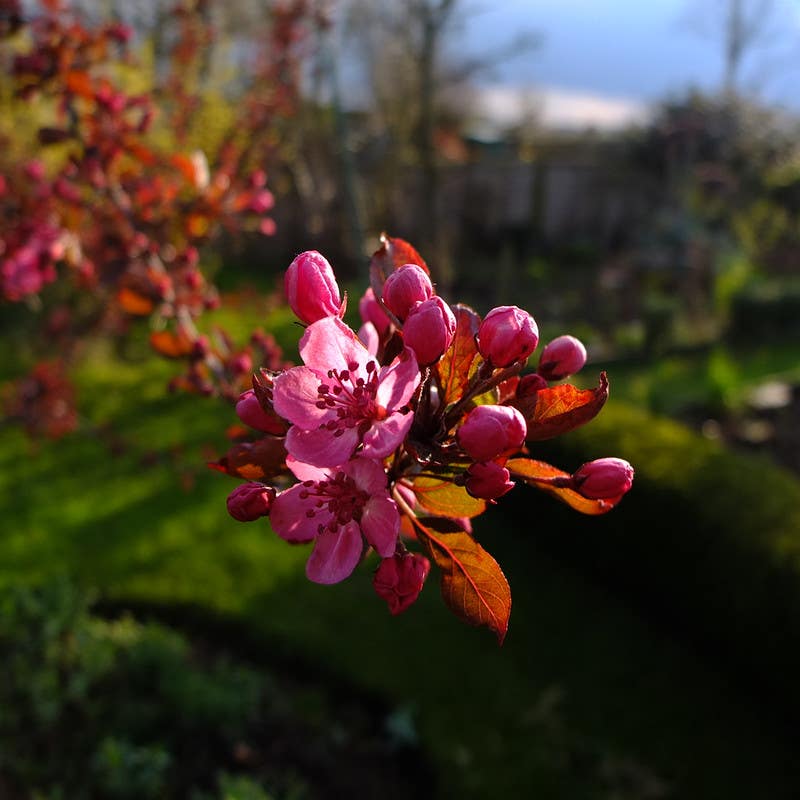Planting Balled-and-Burlapped Trees
Consider this information from Decoding Garden Advice by Jeff Gillman and Meleah Maynard to determine if you should remove twine, burlap and wire from a balled-and-burlapped tree or shrub before planting….
Consider this information from Decoding Garden Advice by Jeff Gillman and Meleah Maynard to determine if you should remove twine, burlap and wire from a balled-and-burlapped tree or shrub before planting.
Hold onto your shovel, folks. This is one of the most hotly debated bits of advice among tree researchers and others. Many things can go wrong when you are planting a tree, but leaving the twine in place that holds the top of the root ball together is a doozy. If that twine does not degrade properly (nylon twine never does, and sisal twine may or may not break down rapidly), you will end up strangling the tree and maybe even killing it.
In addition to removing the twine, many also recommend removing both the wire and the burlap that surround the root ball before planting. This is advised because tree roots can sometimes be constricted by the wire and/or burlap and get injured or otherwise deterred from growing as they should. But removing the burlap and wire can be problematic because, without those things, the root ball can fall apart, tearing young roots that the tree needs to take up water and nutrients. Still, we recommend removing as much of the wire and burlap as you can without the ball falling apart.
What happens if you remove the covering?
The twine covering the top of a balled-and-burlapped tree can cause serious harm to a newly planted tree, so it absolutely must be removed. Though it has not yet been proven definitively, some researchers and landscapers believe that wire and burlap can harm tree roots, and they advise removing them at planting time.
If you plant a tree wrapped in twine, burlap and wire and do nothing to free it before planting, it may be fine. Then again, it may not. Why take the chance?
A better way
While you’re working to free the tree from its confines, it is usually best to have a helper. Before planting, use scissors to cut the twine from the top of the root ball. You will need wire cutters to tackle the wire cage around the burlap. At the very least, you need to remove any wire that would be aboveground so that people won’t trip on it. Removing wire dower down is good, but, again, don’t remove so much that the ball of soil falls apart. Then use a box cutter or other sharp tool to cut away as much of the burlap covering the soil as possible. Basically, the idea is to remove as much wire and burlap as you can without having the ball of soil that the tree is in fall apart.
The real dirt: Though you will find plenty of people saying something contrary, it’s really not a good idea to plant balled-and-burlapped trees without first freeing them from their bondage as best you can.
This post is excerpted from Decoding Garden Advice (Timber Press, 2012) by Jeff Gillman and Maleah Maynard.
Image Credit: flickr
_____________________________________
Find out everything you need to know to successfully prune flowering trees, fruit and nut trees, shrubs, evergreens and more with The Pruning Answer Book.
Learn how to grow healthier trees and shrubs with Trees & Shrubs Digital Value Pack download.
Keep deer away from your shrubs, and forest and fruit trees with cinnamon oil-based Mother Nature's Cuisine Oh No Deer Repellent Spray.
Subscribe to our free gardening e-newsletters.







